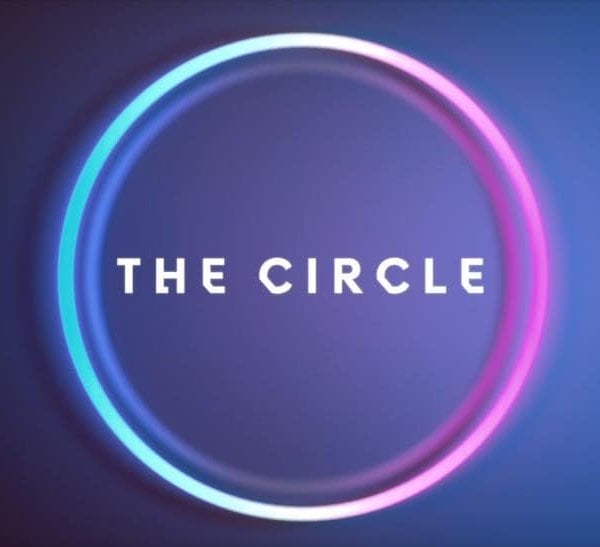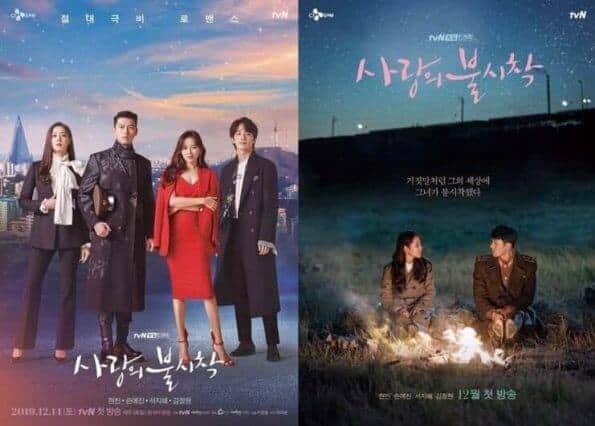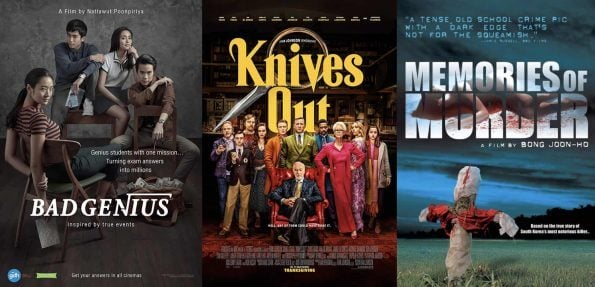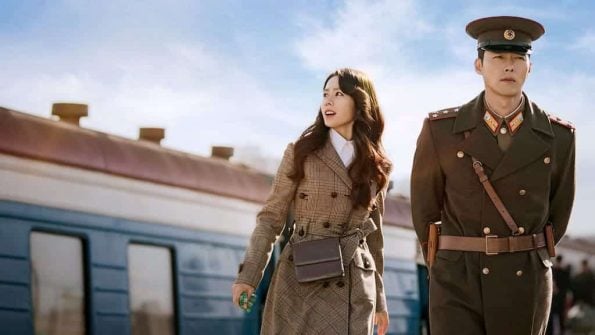by Ria Leonardo
When the announcement of yet again another remake of Louisa May Alcott’s 1868 classic novel “Little Women” came around, this time directed by Academy Award nominee Greta Gerwig, people had different sorts of opinions and reactions on the announcement. On one hand, audiences were excited, especially when the cast lineup was released and huge names such as Saoirse Ronan, Timothee Chalamet, Meryl Streep, Laura Dern, among others, were present. But on the other hand, some audiences, especially those who have seen previous adaptations—whether on screen or on stage—were confused on how they should react. They have asked questions, most prominent of which is the classic question of, “Is it really necessary to create yet again another version of Alcott’s “Little Women”, when there have been numerous media adaptations of the same name over the past years (e.g. Gillian Armstrong’s 1994 adaptation, Allan Knee’s 2005 musical adaptation on Broadway, among others)?”
To which I would respond that yes, Gerwig’s adaptation of the classic text is still necessary and relevant, especially to modern times.
I have always been a fan of Alcott’s novel, considered it to be one of my classic favorites because of its sheer complexity and timelessness, especially when it comes to reflecting the domestic struggles and joys of women. What makes the novel so appealing was the representation of the different faces, dreams and fates of a woman as shown in the characters. Meg March was portrayed to be a “domestic” woman—whose dream was to marry a man and have a family someday, in contrast to Jo March’s dream to become an independent writer who thought men would be a hindrance when it comes to fulfilling her happiness. Beth March had wanted her family to be happy and whole and preferred to stay indoors playing the piano, who is in great contrast with Amy March, who was portrayed to be an ambitious artist whose dream was to rise in society’s ranks, and marry while she becomes an artist.
The novel in itself a piece of literature considered very relevant up until this day, that a person on the brink of young womanhood about to embark into the “real world”, as others may call it, can relate to. Insofar, I have watched different versions and adaptations of the text, and I can say that Gerwig’s 2019 adaptation hits home differently—and I say that not as a text critic, which I am not, but rather as a woman.
Here are two of the many key highlights I’ve deemed relevant, that I have seen from watching the film, including accompanying scenes which may be absent from previous adaptations yet present, thus unique, in Gerwig’s, and how an old classic text in the 1800s can still resonate to a young modern woman like me. (Warning: major spoilers of the film ahead)
The valuability of a woman’s liberty in choosing her dreams and paths.
One of the many things that made me fall in love with Alcott’s novel was how she represented the differences of dreams and choices of the March sisters, most especially when it comes to matters of their own lives and their own paths. While previous adaptations have highlighted, and thus put emphasis, on Jo’s adventure for independence and right as a woman writer in the 1800s, Gerwig had made sure that the March sisters were well-represented throughout the film in how different these dreams are from one another—including the pains and journeys they have to go through in order to reach to those dreams.
The classic scene where Jo had been convincing Meg to rethink her marriage with John Brooke was one that stood out in this aspect. The previous adaptations had always portrayed Jo’s disdain of her sister’s choice of choosing love and marriage instead of independence and family, but in the 2019 adaptation, it was portrayed more clearly that Meg’s choice of marriage had been her own, that it’s not exactly something forced upon her by societal expectations, but it’s something she had done freely out of her own will, something she had always wanted even if it was something Jo didn’t. The scene of Jo convincing Meg to stay with them and remain unmarried, her assertion that Meg will “get bored of [John] in two years, [whereas they] will be interesting forever” portrayed this disdain, immediately defining the differences between the two sisters not only with their distinct personalities, but also the dreams that arose from these personalities.
But in contrast to what Jo perceived to be weakness and submitting to societal expectations for women, Meg stood up for her own choices and dreams, and told Jo a what would be a classic line, “Just because my dreams are different than yours doesn’t make them unimportant.”, describing how it’s her choice to have a family and a home, that while she knows of the struggles that would come in building her own home and marriage altogether—including most prominently their financial struggle, as portrayed in the film—she wouldn’t be scared of working and struggling for it, especially as she would do it with the man she loves and chooses.
It immediately shows how, while she chooses a dream that is not as different as the others, not as unique nor as enamoring like that of Jo’s quest for independence, her dreams are still as valuable as that of the others’, and how since it is her choice, it is as important and should not be shut down. Whether it is a woman’s dream to focus on her career and not build a family, or whether to attain a conventional career or not, is her choice, and the freedom that comes with the choice is as important as many others’, no matter how different it must sound.

There is more to a woman’s happy ending than a “happily-ever-after” with a man.
Which is a theme that is lacking in most of Alcott’s adaptations…until the 2019 one. Gerwig’s adaptation stayed true and faithful not only to Alcott’s words and plot in her novel, but also to her intentions as the writer of the novel.
The 2019 adaptation became different than the previous adaptations in such a way that Gerwig presented the binary of the novel’s structure by giving it two endings—one of which is real, the other possibly fiction. One ending of the film portrayed what Jo’s publisher had intended for her to write in her novel: that the main heroine of her story would marry, which is reflected when she, herself, ran after Professor Bhaer to profess her love for him so they would marry. Previous adaptations stick to this ending—the classic romantic ending where Professor Bhaer pulls out his umbrella after Jo runs after him in the rain, preventing him from leaving to “the West” where he would pursue further studies and instead begging him to stay with her because of her love for him, and of course, the shared kiss under the umbrella. While Gerwig had stuck to this ending, still, she surprised the audiences in presenting yet another ending—the real ending—that leads to another kind of “happy ending” for Jo March, an ending that Alcott had originally intended, but was then rejected because of it.
Gerwig’s film ended when Jo was then seen negotiating with her publisher of the money she will receive in selling her novel to them. This had happened after Jo agreed to comply with what the publisher wanted: a romantic ending for her main heroine, even though it was something she did not want. The scene of the negotiation between Jo and her publisher was cut to pieces, between each one are snippets of what the classic Little Women ending was as mentioned above, but the final scene, before the screen was cut to black, was Jo watching her novel be printed and put together to be distributed in bookstores, showing a possible nod to the unreality of the suggested ending to be done as well in her life—the original “happy ending” Alcott had wanted then for Jo, but like the negotiating scene with the publisher as portrayed in Gerwig’s film, had never came to be because of the publisher’s (and Alcott’s faithful readers’ during that time) demands. What makes this ending beautiful and happy, although bittersweet because of the deviation from the romance, was the satisfied smile and look on Jo’s face in finally being able to live and watch her “happy ending” unfold right in front of her: a book to be sold, where it will forever hold her name that will never be forgotten for generations.
Gerwig’s ending was considered by many to be subversive to the original text, even if it had been Alcott’s original intent for her main heroine in the first place, according to letters to her friend. As subversive as people make it seem to be, however, the ending was still considered a happy ending, mostly reflected on the satisfied smile on Jo’s lips as she watched her book being printed and distributed, because like Meg in the early parts of the film, it may not be what the conventional woman would want, but as it is something she wants and dreams of for herself, it doesn’t mean it is unimportant and irrelevant. In a world filled with questions such as “Kailan ka ikakasal?”, “Nasaan na boyfriend mo?” and “Bakit wala ka pang anak?” mostly directed to women, it’s empowering to watch a representation of an alternative happy ending, one that, while it is still vastly unaccepted especially those by traditional women, is still considered as “happy ending”, so as long as the feelings of fulfillment and satisfaction are present in those choices made.
All in all, what makes Gerwig’s adaptation of “Little Women” so relevant is the highlight of the importance of choice—of liberty and independence, of different dreams and wishes, of conventional endings and not. What stood out was the careful representation of the struggles and joys that these women had gone through, their distinct differences and the different faces of happiness and fulfillment that come with it. As a woman in the modern times, the liberty of choice is important, as well as the validity of choosing a path to an ending that, should it divert to traditional societal norms, is still as important as those that are conventional—that if it makes me happy, it’s still important, even if it is different from the rest.







































